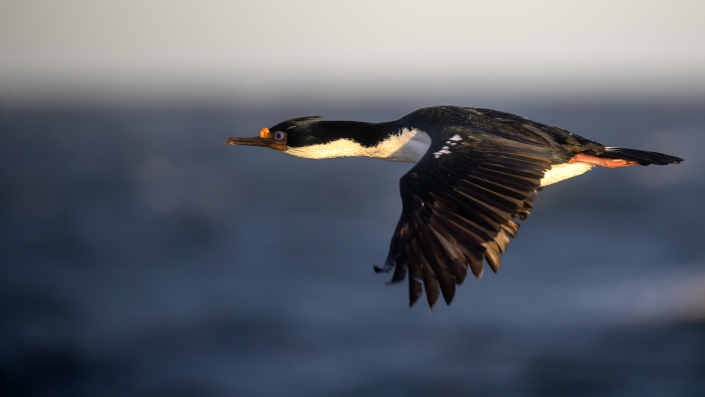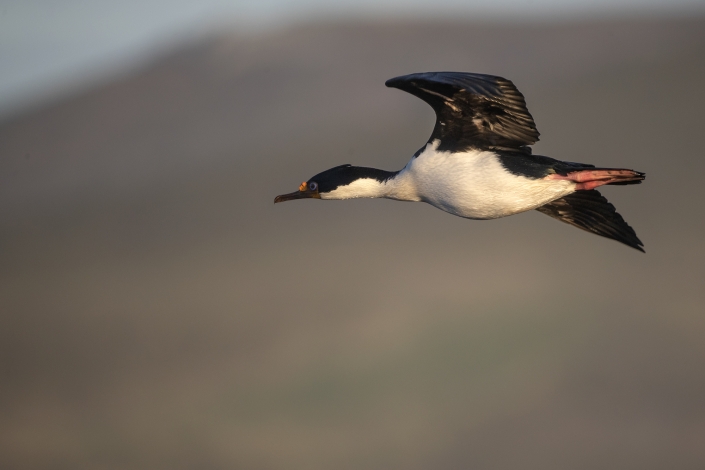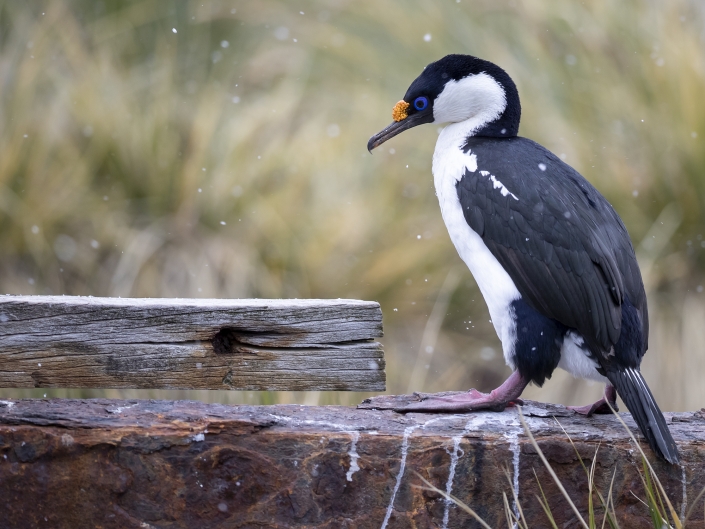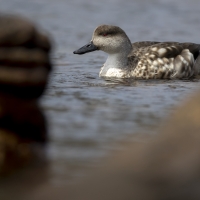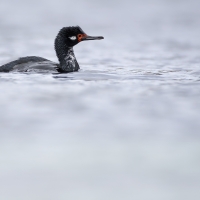This post is also available in: Swedish
imperial shag – Leucocarbo atriceps
imperial shag – Leucocarbo atriceps
is a black and white cormorant native to southern South America, primarily in rocky coastal regions, but locally also at large inland lakes. Some taxonomic authorities, including the International Ornithologists’ Union, place it in the genus Leucocarbo, others in the genus Phalacrocorax . It is also known as the blue-eyed shag, blue-eyed cormorant and by many other names, and is one of a larger group of cormorants called blue-eyed shags. The taxonomy is very complex, and several former subspecies are often considered separate species.
The imperial shag has a total length of 70–79 cm (28–31 in) and weighs 1.8–3.5 kg (4.0–7.7 lb), with males usually larger than females. It is endowed with glossy black feathers covering most of its body, with a white belly and neck. It possesses a distinctive ring of blue skin around its eyes, an orange-yellow nasal knob, pinkish legs and feet, and an erectile black crest.[7] During the non-breeding season, adults lack the crest, have a duller facial area, and less/no white to the back/wings. It has a serrated bill used for catching fish.
The group varies primarily in the amount of white on the cheeks/ear-coverts, wing-coverts and back. Most taxa have white cheeks and ear-coverts, but these are black in albiventer, purpurascens and melanogenis. Chicks are uniform brownish, and immatures are brownish and white (instead of black and white), have dull facial skin, and lack the orange-yellow nasal knob and blue eye-ring.
Overall this species is not considered threatened and is consequently listed as Least Concern by BirdLife International and IUCN. Most subspecies are relatively common with estimates of over 10,000 pairs of each
It sounds like this
Recording by Bernabe Lopez-Lanus from Xeno canto




